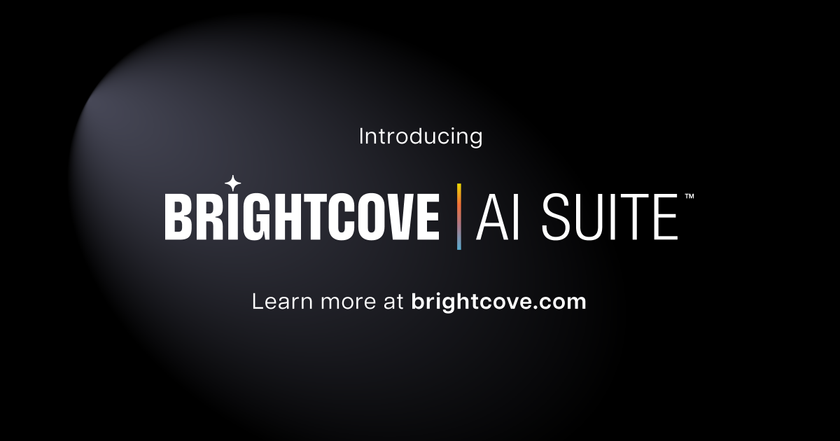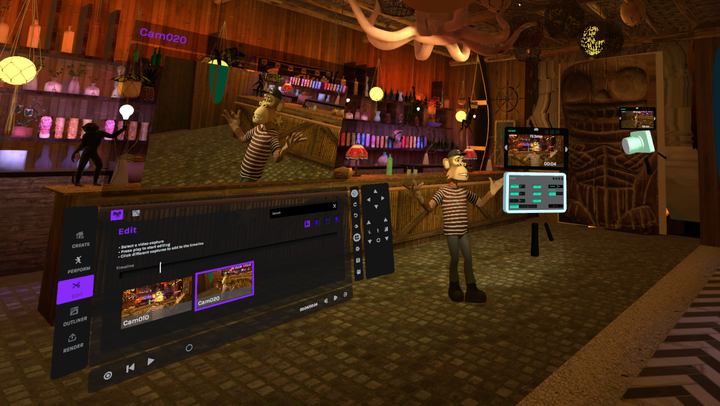OpenAI Officially Launches Sora GenAI Video Tool
Sora Turbo is ‘significantly faster’ than beta version rolled out in February

OpenAI made its Sora generative AI video tool available to the public on Monday, 10 months after its soft beta launch in February. The new version—Sora Turbo—that OpenAI says is “significantly faster” than the model it previewed earlier this year is being released as a standalone product at Sora.com to ChatGPT Plus and Pro users.
A subscription to ChatGPT Plus is currently $20 per month and offers access to GPT-4 capabilities with faster response times compared to the free tier. ChatGPT Pro, a newer and more advanced tier, costs $200 per month and includes features like unlimited access to the o1 model, GPT-4o, and Advanced Voice Mode.
As heavily promoted, Sora generates realistic videos from text with users able to generate videos up to 1080p resolution, up to 20 seconds in length and in wide-screen, vertical or square aspect ratios. The platform allows users to use their own tools to extend, remix and blend or generate entirely new content from text.
ChatGPT Plus customers can generate up to 50 videos at 480p resolution or fewer videos at 720p each month via their accounts while the Pro plan includes 10 times more usage, higher resolutions and longer durations. OpenAI said it’s working on tailored pricing for different types of users, which it plans to make available early next year.
The rollout includes a new UI to make it easier to prompt Sora with text, images and videos. Sora’s storyboard tool also lets users precisely specify inputs for each frame, as well as Featured and Recent feeds that are constantly updated with creations from the community.
In announcing the launch, OpenAI also issued some caveats about Sora, warning customers that, although it has garnered a great deal of additional technical background on generative AI since introducing Sora to beta testers in February, caution should still be taken.
“The version of Sora we are deploying has many limitations,” the company said. “It often generates unrealistic physics and struggles with complex actions over long durations. Although Sora Turbo is much faster than the February preview, we’re still working to make the technology affordable for everyone.”
Get the TV Tech Newsletter
The professional video industry's #1 source for news, trends and product and tech information. Sign up below.
OpenAI said it launched Sora now “to give society time to explore its possibilities and co-develop norms and safeguards that ensure it’s used responsibly as the field advances.”
In an effort to protect copyright, all Sora-generated videos come with C2PA metadata, which will identify a video as coming from Sora to provide transparency and can be used to verify origin.
“While imperfect, we’ve added safeguards like visible watermarks by default and built an internal search tool that uses technical attributes of generations to help verify if content came from Sora,” OpenAI said.
It also has instituted restrictions on objectionable and illegal content. “Today, we’re blocking particularly damaging forms of abuse, such as child sexual abuse materials and sexual deepfakes,” the company said. “Uploads of people will be limited at launch, but we intend to roll the feature out to more users as we refine our deepfake mitigations. You can read more about our approach to safety and monitoring in the system card as well as details on our red-teaming efforts.
“We hope this early version of Sora will enable people everywhere to explore new forms of creativity, tell their stories, and push the boundaries of what’s possible with video storytelling,” OpenAI said. “We’re excited to see what the world will create with Sora.”
TV Tech sister consumer brand TechRadar took it out for a spin.
The AI video-generation model works similarly to OpenAI’s image-generation AI tool, DALL-E: A user types out a desired scene, and Sora will return a high-definition video clip. Sora can also generate video clips inspired by still images and extend existing videos or fill in missing frames. The Microsoft-backed artificial intelligence startup, which burst into the mainstream last year thanks to the viral popularity of ChatGPT, introduced Sora in February.
Tom has covered the broadcast technology market for the past 25 years, including three years handling member communications for the National Association of Broadcasters followed by a year as editor of Video Technology News and DTV Business executive newsletters for Phillips Publishing. In 1999 he launched digitalbroadcasting.com for internet B2B portal Verticalnet. He is also a charter member of the CTA's Academy of Digital TV Pioneers. Since 2001, he has been editor-in-chief of TV Tech (www.tvtech.com), the leading source of news and information on broadcast and related media technology and is a frequent contributor and moderator to the brand’s Tech Leadership events.






















